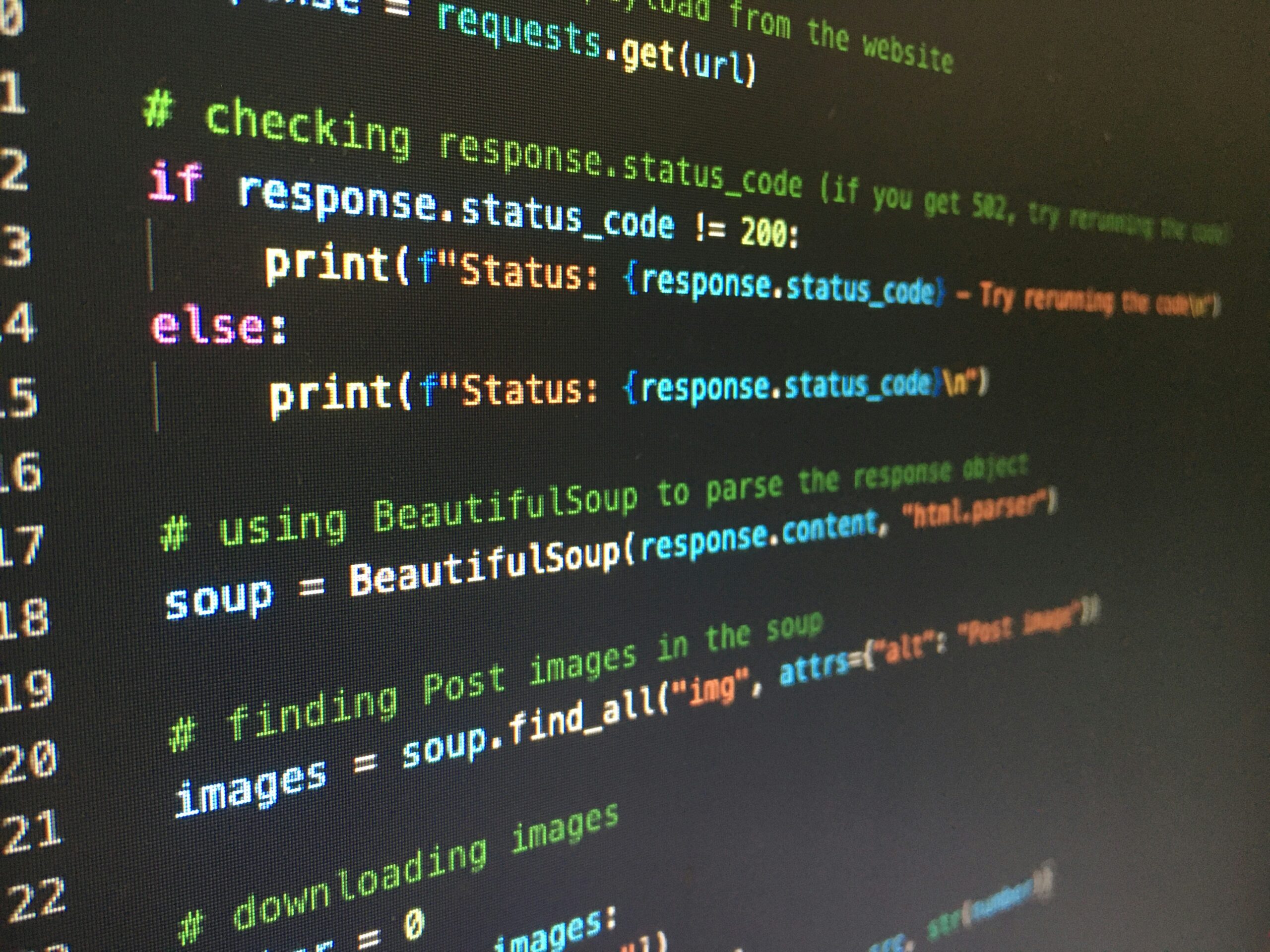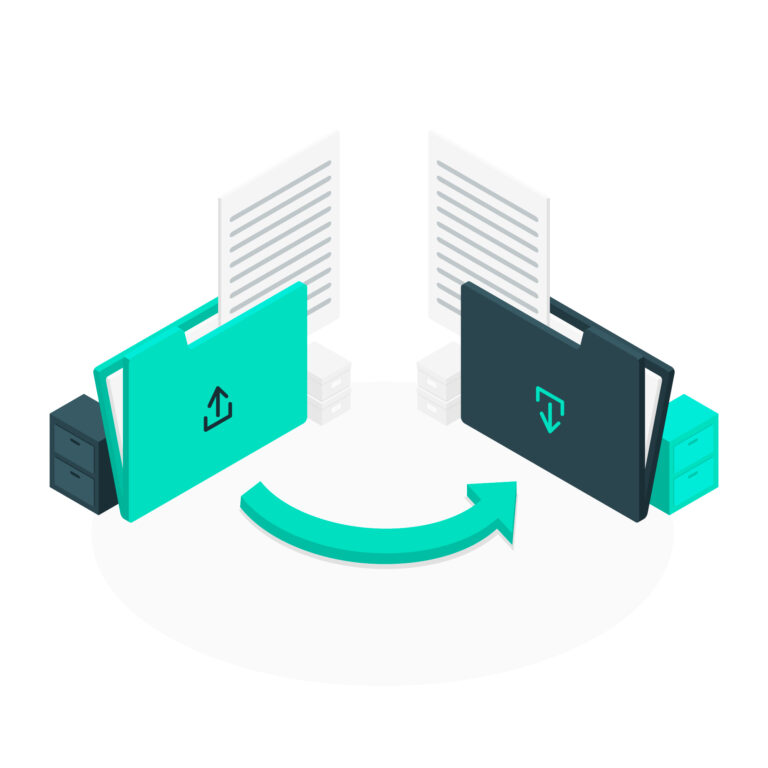Linux and Windows tutorials and guides
Python is a versatile programming language widely used for web development, data analysis, automation, and more. If you’re looking to install Python3 (3.x) in Kali Linux, this guide will walk you through the process step by step.
Why Install Python 3?
Python 3.13.2 is the latest major version of Python, offering improved features and performance over Python 2.x. Many modern libraries and frameworks are designed for Python 3, making it essential for developers and data scientists.
Prerequisites
Before installing Python3, ensure that your Kali Linux system is up to date. Open your terminal and run the following command:
sudo apt update && sudo apt upgradeStep-by-Step Installation
Step 1: Install Python 3
Kali Linux typically comes with Python3 pre-installed. However, if you need to install or update it, use the following command:
sudo apt install python3This command will download and install Python3 along with any necessary dependencies.
Step 2: Verify the Installation
To confirm that Python3 has been installed successfully, check the version by running:
python3 --versionYou should see output indicating the installed version of Python3.
Step 3: Install Python Package Manager (pip)
pip is the package manager for Python that allows you to install additional libraries and packages. To install pip, run:
sudo apt install python3-pipStep 4: Verify pip Installation
After installing pip, verify that it was installed correctly by checking its version:
pip3 --versionOptional: Setting Up a Virtual Environment
Using virtual environments is a good practice for managing dependencies for different projects. To set up a virtual environment, you can use the venv module included with Python 3.
Step 1: Install the venv Module
First, ensure that the venv module is installed:
sudo apt install python3-venvStep 2: Create a Virtual Environment
Navigate to your project directory and create a virtual environment:
python3 -m venv myenvStep 3: Activate the Virtual Environment
Activate the virtual environment with the following command:
source myenv/bin/activateYou will see the environment name in your terminal prompt, indicating that it is active.
Conclusion
Now you know how to install Python3 in Kali Linux! With Python successfully installed, you can start developing applications, automating tasks, or exploring data science. Remember to experiment with pip and virtual environments to manage your projects effectively.



